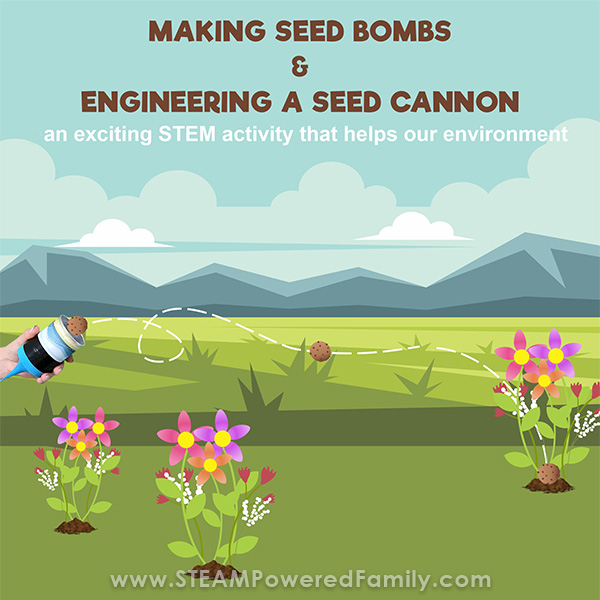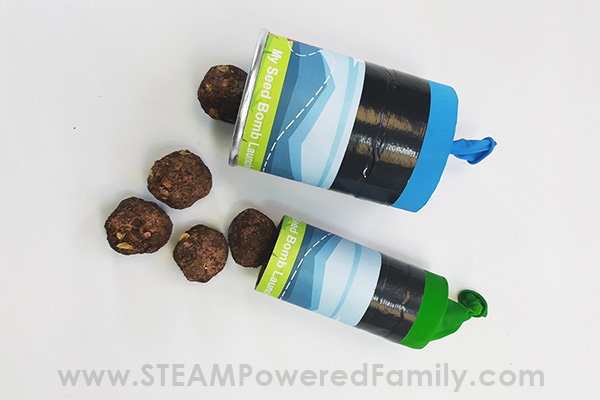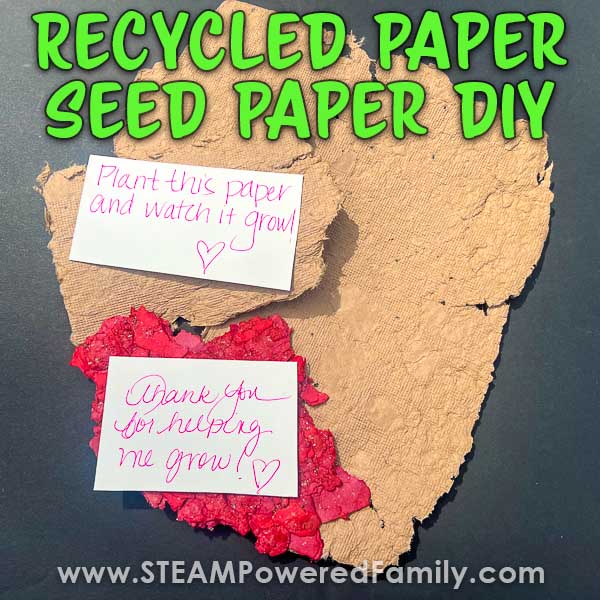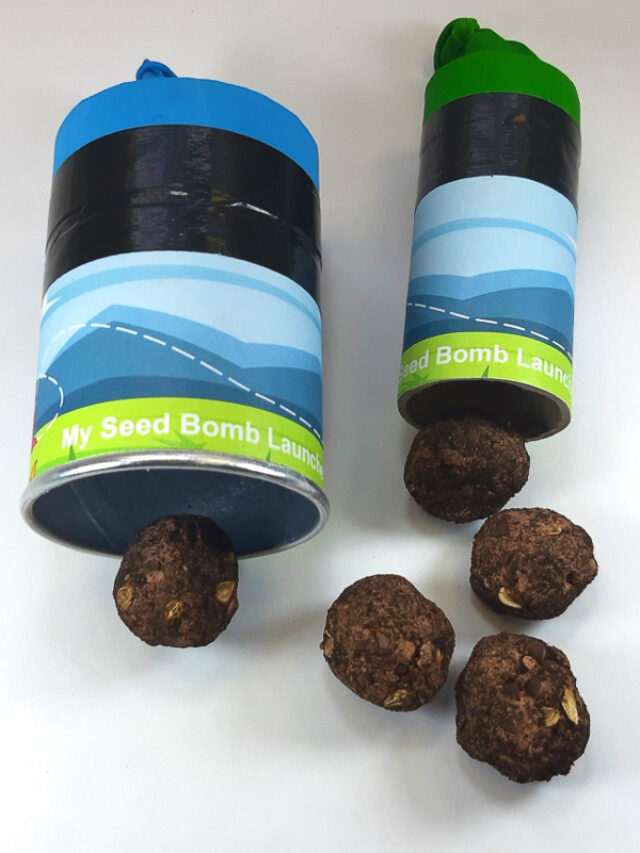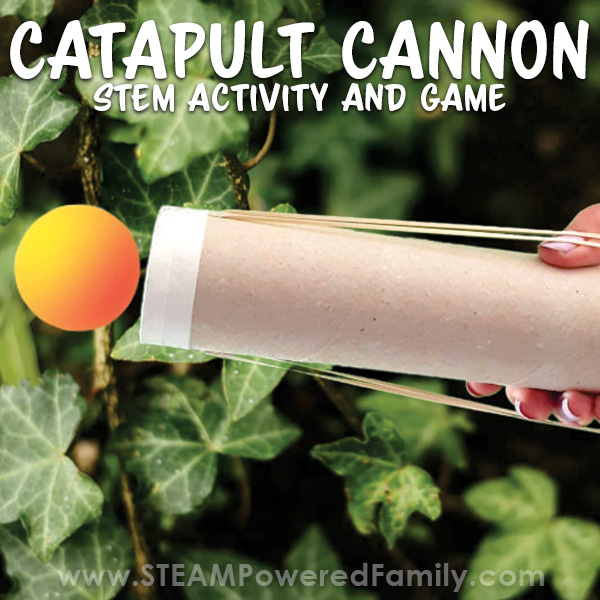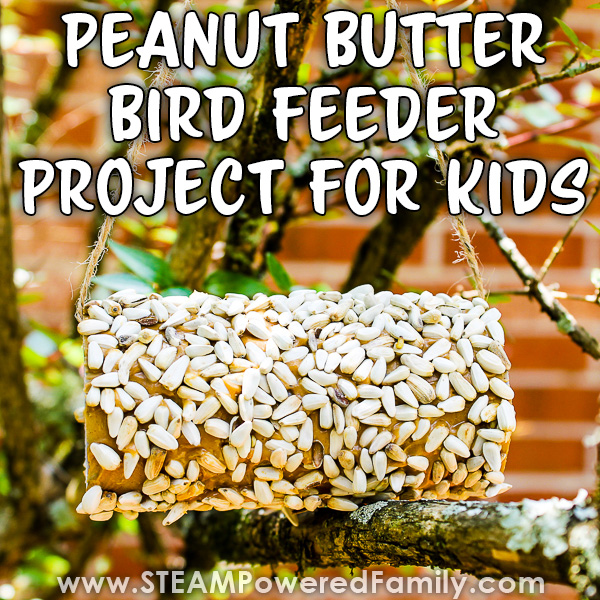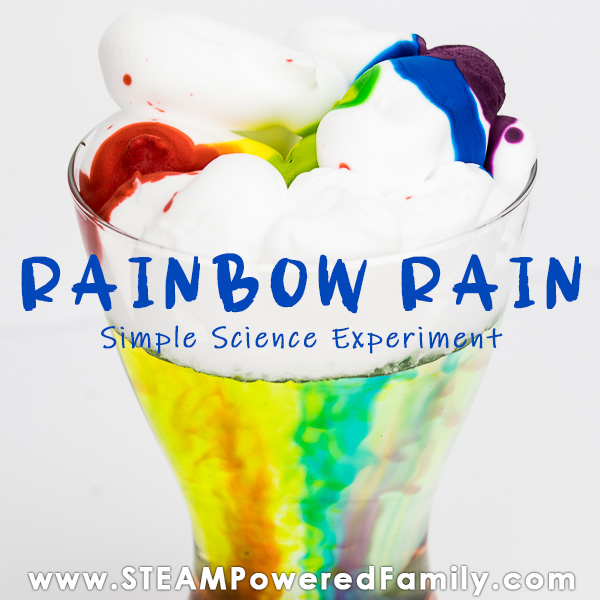DIY Seed Bombs and Launcher
Ready for spring? Today we have an incredible spring STEM activity to get kids out in nature while also building their engineering and science skills. Learn how to make wildflower seed bombs, then engineer a seed cannon to help launch those seed bombs into nature! Kids will love making their own seed bombs, launching their seed bombs, then watching them grow and seeing all the incredible insects that call their new flowers home. This is a must do activity for spring, and especially Earth Day, with the kids.
DIY SEED BOMBS AND SEED BOMB LAUNCHER
Disclaimer: This article may contain commission or affiliate links. As an Amazon Influencer I earn from qualifying purchases.
Not seeing our videos? Turn off any adblockers to ensure our video feed can be seen. Or visit our YouTube channel to see if the video has been uploaded there. We are slowly uploading our archives. Thanks!
What are Seed Bombs?
Have you ever heard of seed bombs before? Well, you’re in for a treat!
Seed bombs are used for planting seeds in areas that are difficult to reach and where a gardener will not be able to adequately prepare the ground for conventional gardening.
Seed Bombs have been used very effectively for many years. They are an ancient Japanese practice called Tsuchi Dango, meaning ‘Earth Dumpling’ because they are made from clay and earth. These clever little “bombs” were perfected and revolutionised by a Japanese microbiologist and farmer, Masanobu Fukuoka. He led the way into the world of sustainable agriculture by using this simple method of natural farming.
Today DIY flower seed bombs are a favourite tool of guerrilla gardeners. It is a great way to create pockets of beauty that flourish thanks to the use of native wildflowers which are low maintenance and hardy to the area’s climate and growth zone.
These little balls are made up of a combination of clay, earth, seeds and water. The clay earth mixture protects the delicate seeds from seed eaters, harsh weather events and promotes favourable conditions for germination.
Seed bombs are fun! Get ready to get your hands dirty, spend time outdoors, learn how plants grow and spread the beauty of flowers and help bees and other pollinators thrive.
Why Wildflower Seed Bombs?
Making Seed Bombs and Launchers are perfect activities to do with the kids in the spring. Especially around Earth Day, or as great gifts for Mother’s Day or teacher appreciation. Not only does it give kids a chance to get dirty in nature, but with our project they also get to put those STEM skills to work building fun seed bomb launchers.
Wildflowers are not only a beautiful and colourful addition to an area, but they are also a very important part of our ecosystem. Pollinators such as butterflies and bees rely on wildflowers, and they provide critical habitats for insects and wildlife. Native wildflowers can also improve the health of the soil by helping to block the growth of weeds, preventing erosion, and improving water quality. By ensuring you are only using native wildflowers, your spaces will be beautified with plants that require less water, less fertilizer, plus they are less prone to disease and pests.
When picking a place to launch your wildflower seed bombs, consider the edges of the school yard, around the base of trees, bare spots in neglected areas of the yard (ensure you have the owners permission), and in other areas that could use rewilding.
DIY Seed Bombs and Launcher STEM Activity Video
Check out our video demonstrating how to make seed bombs and a seed bomb launcher or cannon. If you can’t see the video, please turn off your adblockers as it also blocks our video feed.
How To Make Seed Bombs That Work
Ingredients
Bowl
Water
Clay that is locally sourced
Potting soil or compost
Wildflower Seeds – ensure you are using wildflower seeds that are native to your area. You don’t want to inadvertently introduce an invasive species or cause damage to the ecosystem.
Seed Bombs DIY Directions
Place five handfuls of compost or potting soil to three handfuls of air-dry clay into a bowl.
Gradually add water and mix using your hands until it reaches a thick consistency, like cookie dough.
Add a handful of seed and mix very well.
Roll the mixture into small balls, the size of a ping-pong ball.
Roll the balls in an outer layer of compost or top soil. Repeat this process about 3 times, as this protects the balls from birds and insects.
Place them on a tray or a board and leave them out to dry in the sunshine. This might take a couple of days depending on the humidity levels.
Now that the seed bombs are ready, we need to build a SEED BOMB CANNON to help us shoot them into those bare spaces.
Pro Tip! For a fun twist, try shredding up some colourful, used construction paper. Then add those to your seed bomb mixture. This adds a colourful touch while also recycling paper. Kids can also write special wishes or messages on the paper for nature, the flowers, or insects that will call the flowers home. This sweet touch will make the seed bombs even more special for your kids. Visit our project using Recycled Paper to make Seed Paper and Seed Bombs.
Building A Seed Bomb Launcher
This STEM build is inspired by our Confetti Cannon project. This versatile build is a fantastic quick and easy STEM activity for kids that will lead to hours of fun!
Materials
Cardboard tube – Sturdy cardboard tube, cut to a length of 10cm (Pringles can, paper roll tubes, etc.)
Large balloon
Duct tape
Scissors
Glue stick
Seed Launcher Directions
Cut a small piece off the end of the balloon.
Stretch the balloon over the cardboard tube on one side. Tie a knot on the other end of the balloon.
Draw your own pictures or print out some pictures and trim to fit the outside of the tube. Glue into place.
Use duct tape to secure the balloon and the edge of the picture to the tube.
Your SEED BOMB CANNON is now ready to fire those amazing SEED BOMBS into all those bare spaces!
How To Plant Seed Bombs
Now you have your seed bombs and seed launcher, you are ready to fire away and plant those seed bombs.
First, find the perfect place to launch your seed bombs. Make sure you have permission and it is a suitable place that could use some rewilding with native wildflowers.
Next, make sure it is the perfect time. Right before a rainfall in the spring is a great time as the water will help your seeds successfully germinate quickly.
Place a seed bomb in the seed launcher. Pull back on the balloon end with one hand, while holding the launcher with the other hand.
Aim and fire! Then watch over the coming weeks as your beautiful wildflowers grow!
Science Behind a Seed Launcher
The force needed to push the seed bomb out of the cannon is created by using energy. Energy is the ability of how things move and work. Energy can be made in several different ways, but our seed bomb cannon uses only potential and kinetic energy. Potential energy is the energy that is stored for later use. Kinetic energy is the energy that an object has as it is moving.
As you pull back on the balloon, you are creating potential energy. The further back you pull back on the balloon, the more potential energy you produce. Once you let go of the balloon, you convert that potential energy into kinetic energy. That balloon now has its own kinetic force that allows it to push the seed bomb out of the launcher at a high speed, making it easier to get the seed bombs into large, open areas.
Extension Ideas
What would happen if we used a different size balloon or bigger cardboard tube?
What if you made a cannon style launcher, like our Catapult Cannon. How would that design work?
How would changing the angle of how you hold the cannon, change the launch of the seed bomb?
Add recycled construction paper to the seed bomb recipe to make them colourful. Check out our Recycled Craft Paper Seed Paper and Seed Bombs!
Once the flowers have grown, study the insects that are enjoying the flowers. What can you learn about local insects and pollinators?
Take a fully grown flower and dissect it to learn more about the parts of the flowers.
IMPORTANT THINGS TO REMEMBER
Only use native wildflower seeds to your area. Your local greenhouse will have a nice selection available and can guide you in making safe choices for your local habitats.
Planting seed bombs should be done in the spring. For the best chance of germination, plan your launchings just before a rainfall. The seed bombs need water to help with the germination of the seeds.
Always ask permission before throwing seed bombs. Owners might not want other plants growing near buildings, lawns, or gardens. But they might be happy to have you bomb their back lot, roadsides, or the edge of their woods with wildflowers. Also, check to ensure there are no restrictions from your local government.
If you are not going to be launching your seed bombs right away, you may want to place them in the fridge, or somewhere else cool and dry to ensure they don’t start germinating.


